New England IPA, also known as NEIPA, is a popular craft beer style known for its hazy appearance and fruit-forward flavor. This style originated in Vermont and has quickly become a favorite among craft beer enthusiasts. NEIPAs are unique for their low bitterness and smooth texture, setting them apart from traditional IPAs.
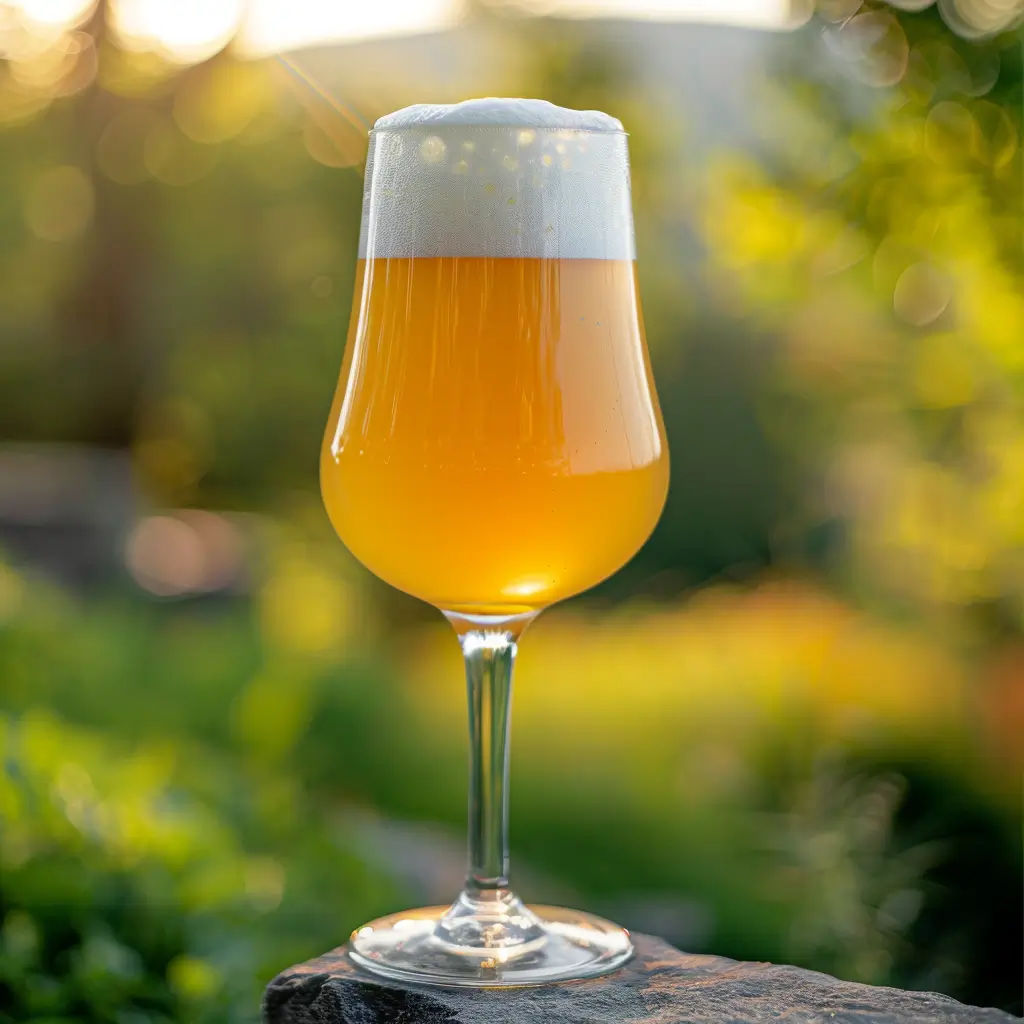
New England IPAs are celebrated for their distinctive hazy appearance and fruit-forward hop character. The color ranges from pale gold to deep orange, with a cloudy, opaque look that's intentional - a result of the unique brewing process and heavy dry-hopping. A thick, lasting head often leaves lace-like patterns on the glass as you drink.
The aroma and flavor of a New England IPA are dominated by fruity hop notes, ranging from tropical fruits like mango and passion fruit to citrus and stone fruits. "It's like diving nose-first into a fruit salad," says craft beer expert Jane Smith. Unlike traditional IPAs, the bitterness is notably low, creating a softer, juicier taste experience. A subtle malt sweetness provides balance, often reminiscent of fresh bread.
This style's texture sets it apart, with a smooth, creamy mouthfeel often described as "soft" or "silky." The body is medium to medium-full, with moderate carbonation contributing to the overall smooth feeling. New England IPAs typically have an ABV range of 6.0-9.0%, though you may only notice a slight warmth from the alcohol.
The Standard Research Method (SRM) for New England IPAs typically falls between 3 and 7, reflecting their hazy, golden to orange appearance. It's a striking sight: a freshly poured New England IPA, looking like a glass of fresh-squeezed orange juice topped with a fluffy white cloud.

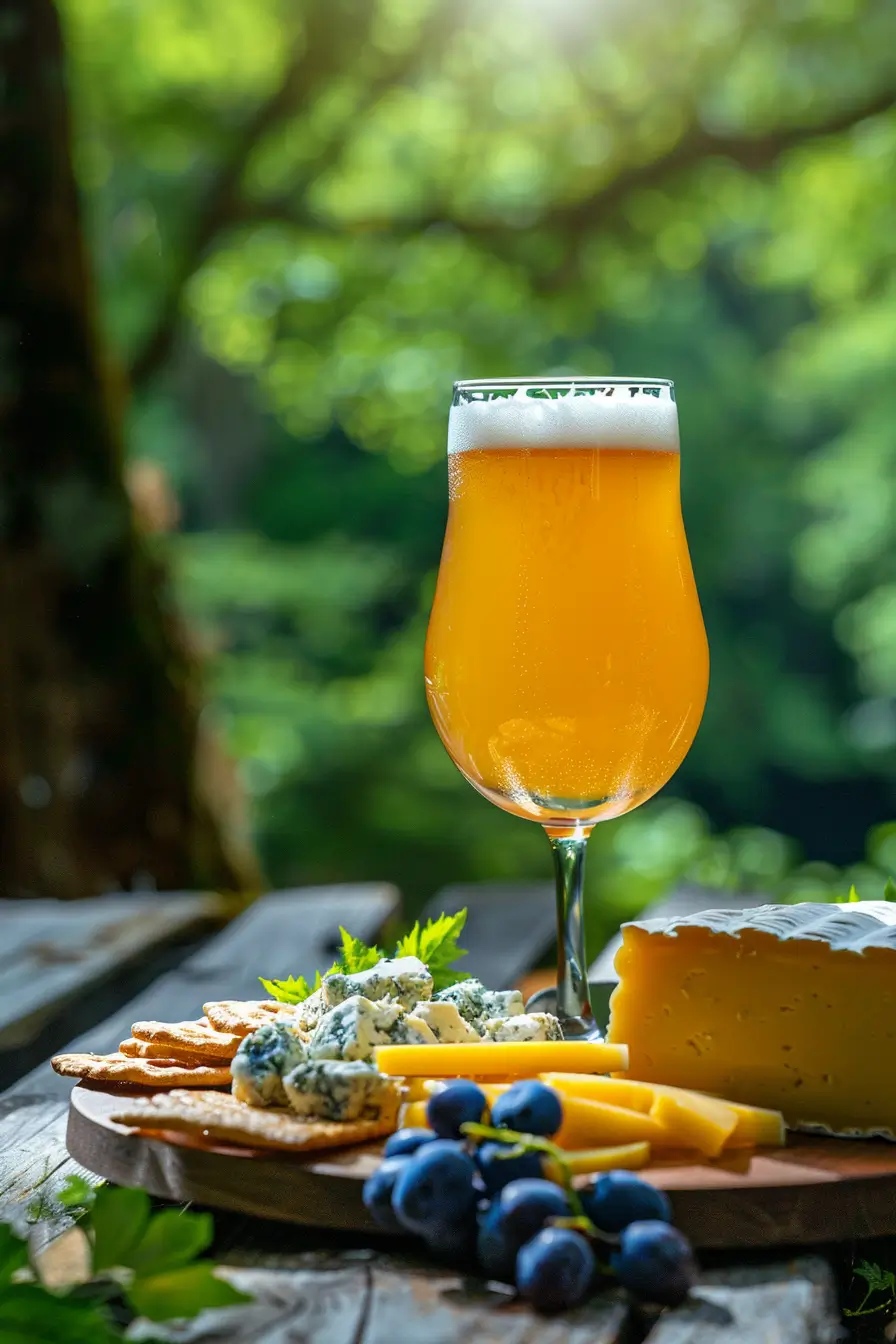


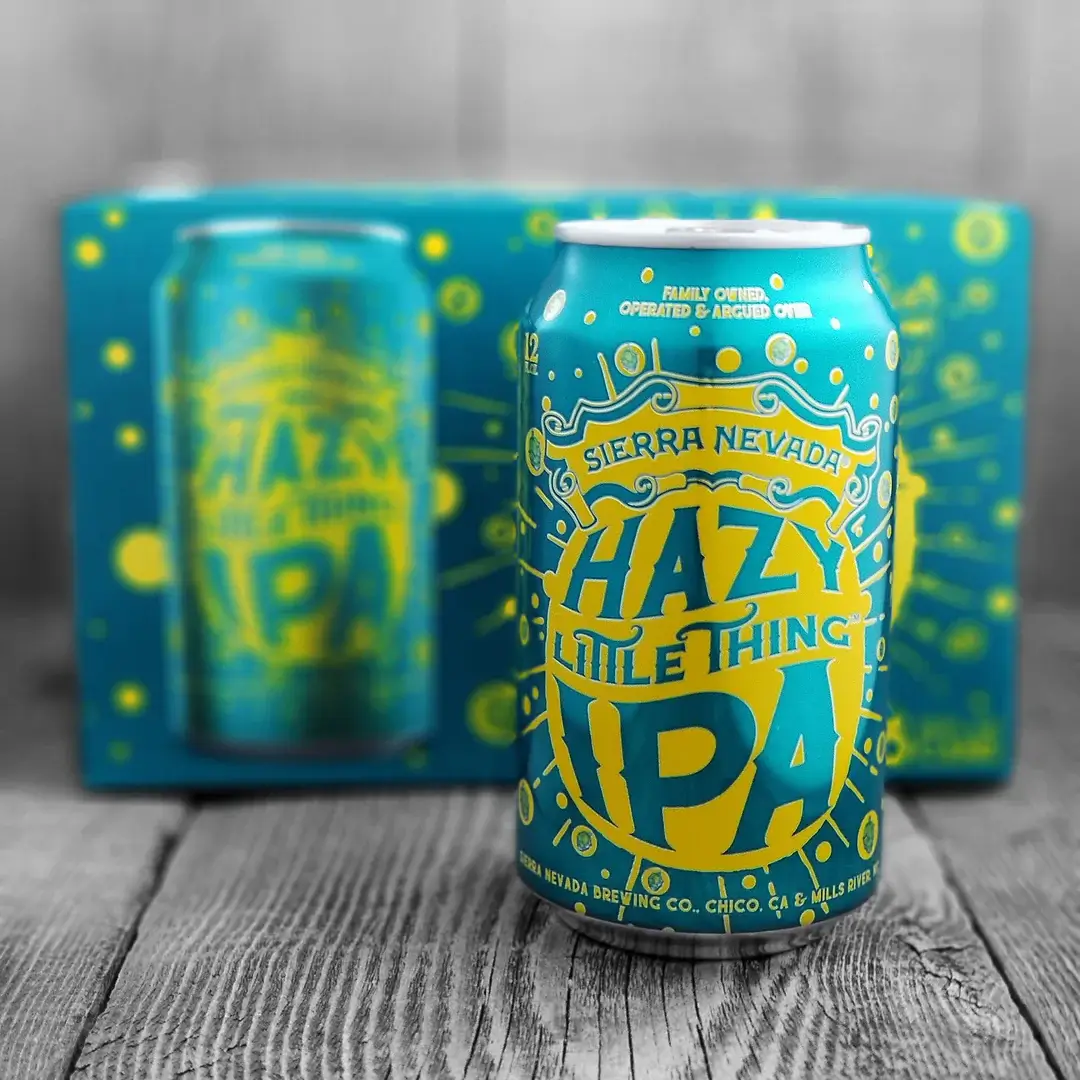
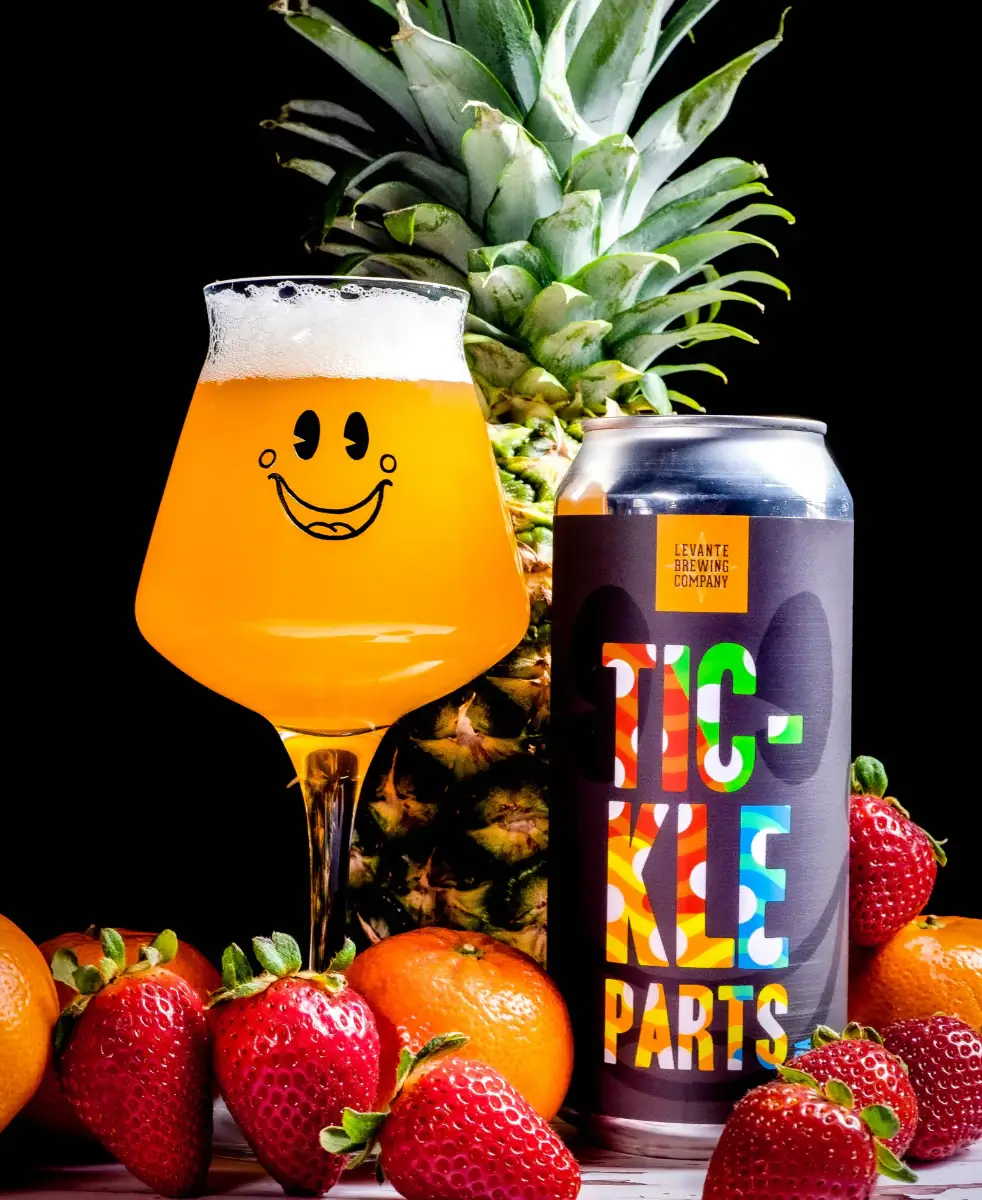

Brewing a New England IPA (NEIPA) requires a delicate balance of hop aroma and flavor, with a focus on creating a smooth, juicy character without harsh bitterness.
The challenge lies in achieving the style's signature hazy appearance and full-bodied mouthfeel while maximizing hop flavor and aroma. The use of extensive late and dry hopping, coupled with specific yeast strains and water chemistry, contributes to the style's distinctive fruity and tropical profile.
The key to a great New England IPA lies in the brewer's ability to extract maximum hop flavor and aroma without excessive bitterness, while also creating the style's characteristic hazy appearance and creamy mouthfeel.
Brewing New England IPA involves several key steps:


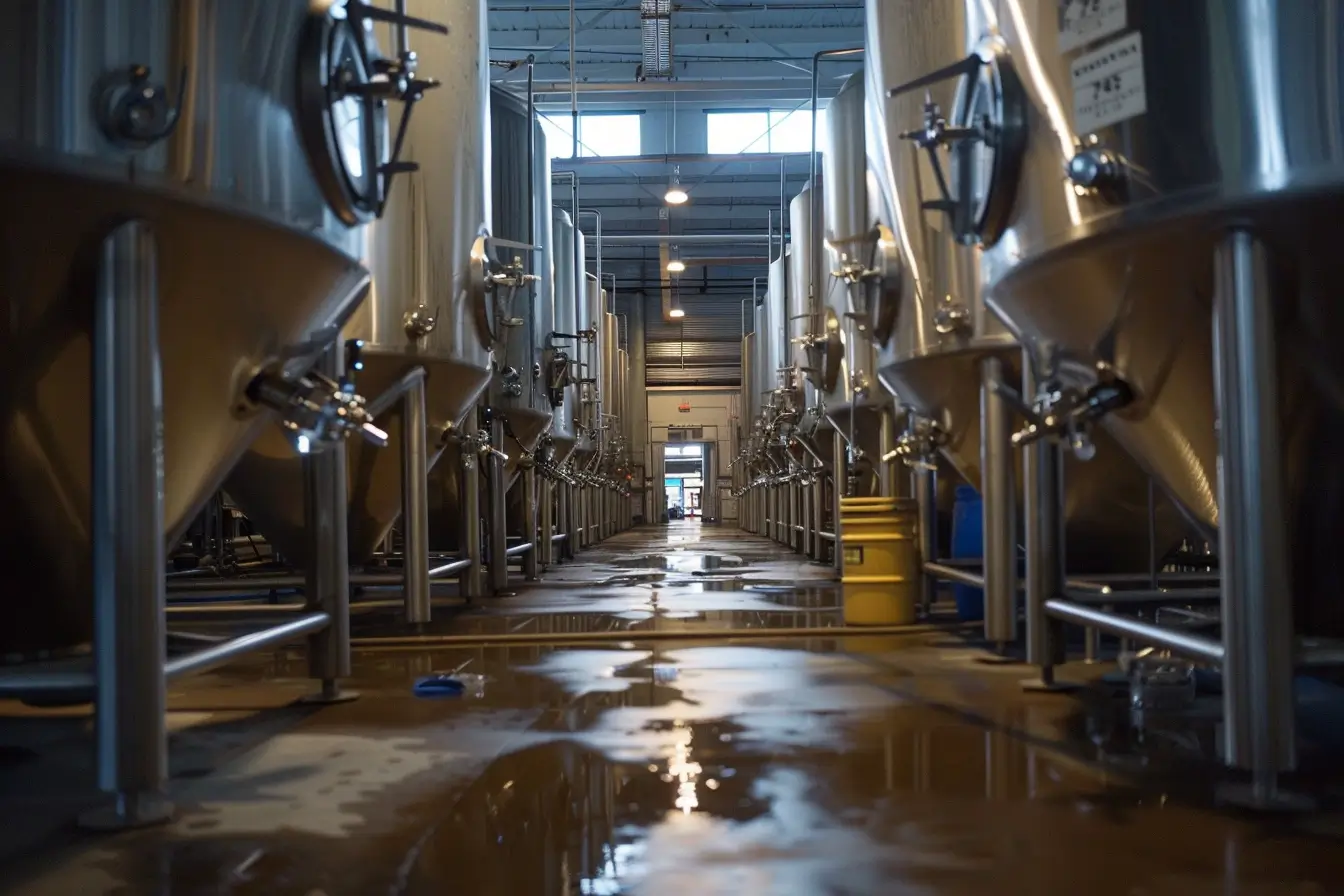
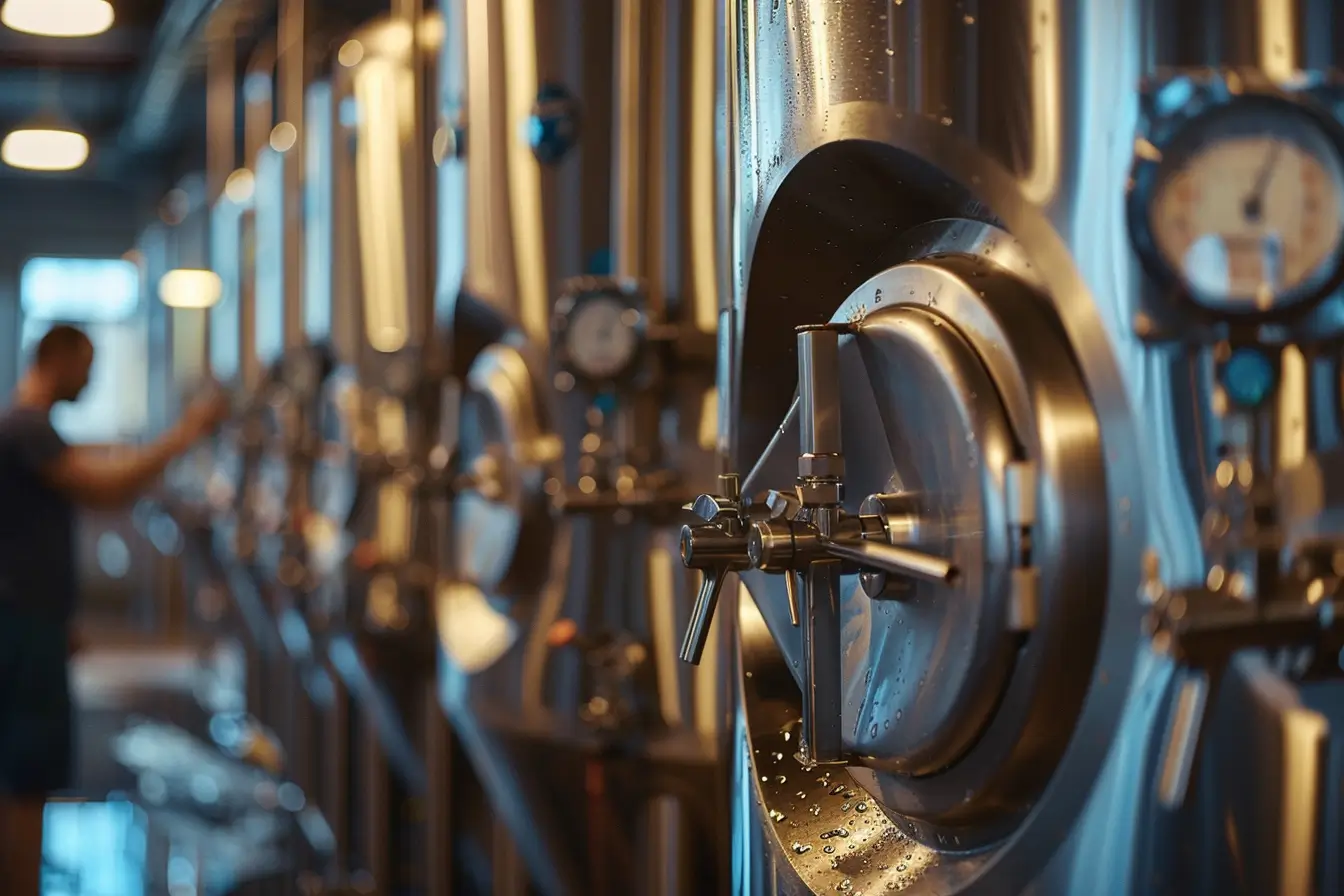
The New England IPA, or NEIPA, emerged in the early 2000s in Vermont, USA. This style evolved from American IPAs, but with a focus on hop flavor and aroma rather than bitterness.
The style's popularity grew through word-of-mouth and social media, with beer enthusiasts sharing photos of the distinctive hazy appearance. This organic growth helped establish NEIPA as a significant trend in craft brewing.
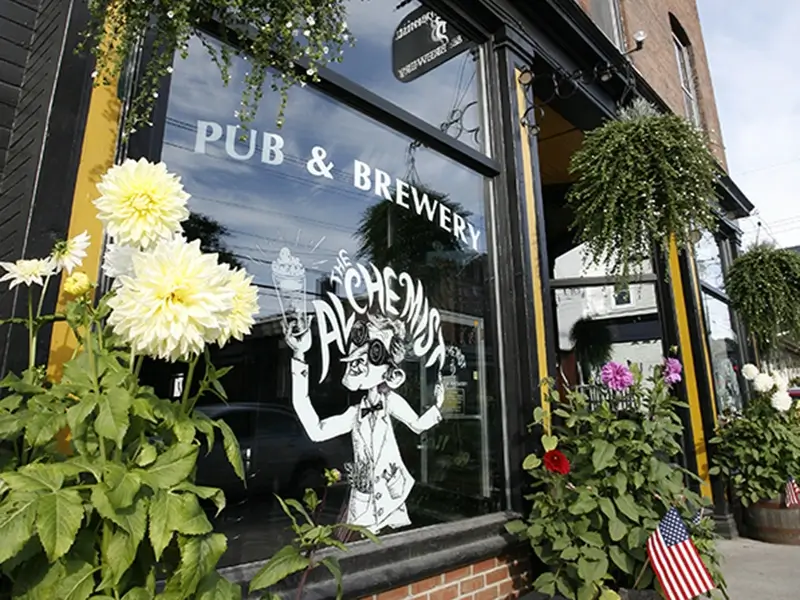
The Alchemist brewery in Vermont creates Heady Topper, often credited as the first NEIPA.
Heady Topper is canned, leading to increased popularity and distribution.
The term "New England IPA" gains widespread use among craft beer enthusiasts.
The Brewers Association officially recognizes NEIPA as a distinct beer style.
Get quick answers to our most frequently asked questions about New England IPA (NEIPA)

Want to read about other beer styles? We've got you covered!
The haze comes from high protein malts, heavy dry-hopping, and yeast left in suspension. This haziness contributes to the beer's signature smooth mouthfeel and appearance.
No, NEIPAs typically have lower perceived bitterness. They focus more on hop flavor and aroma rather than bitterness.
NEIPAs are best consumed fresh, ideally within 1-2 months of packaging. The hop flavors and aromas can degrade quickly over time.
Aging is not recommended for NEIPAs. Unlike some other strong beers, these IPAs are designed to be consumed fresh to enjoy their vibrant hop character.
While all New England IPAs are hazy, not all hazy IPAs are necessarily NEIPAs. The style also depends on the hop character, mouthfeel, and overall flavor profile.

Want to read about other beer styles? We've got you covered!